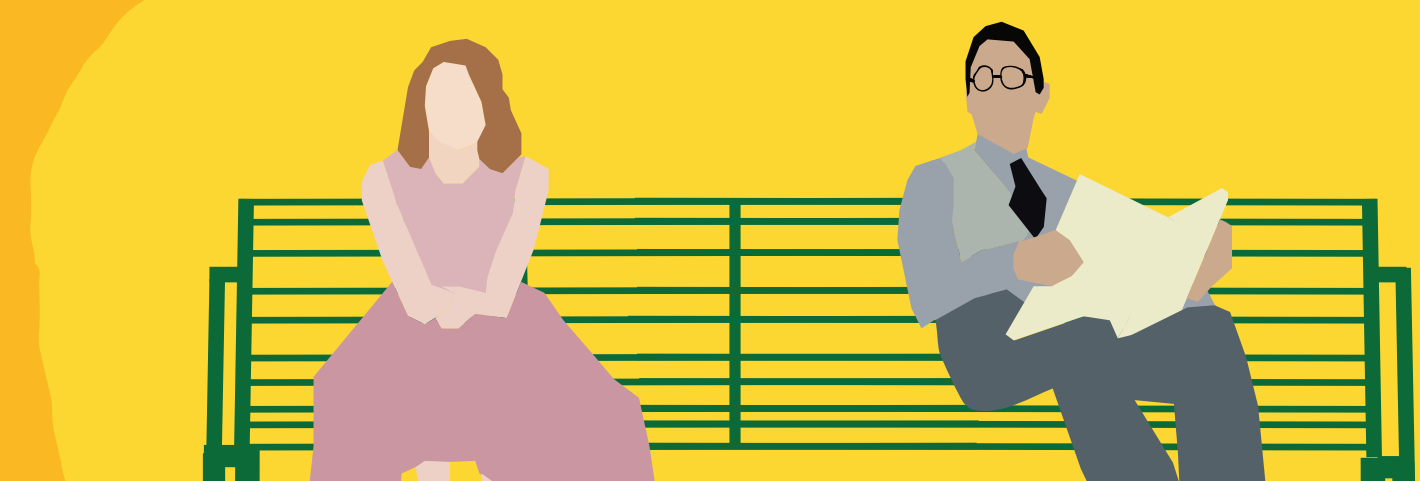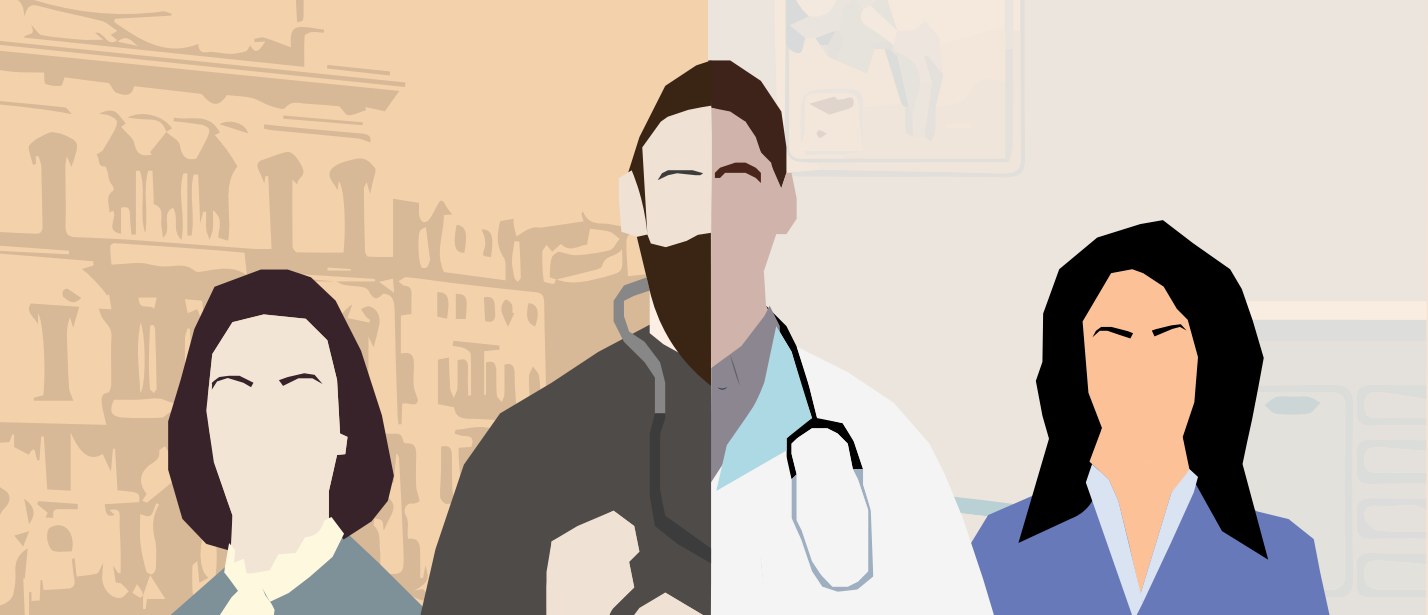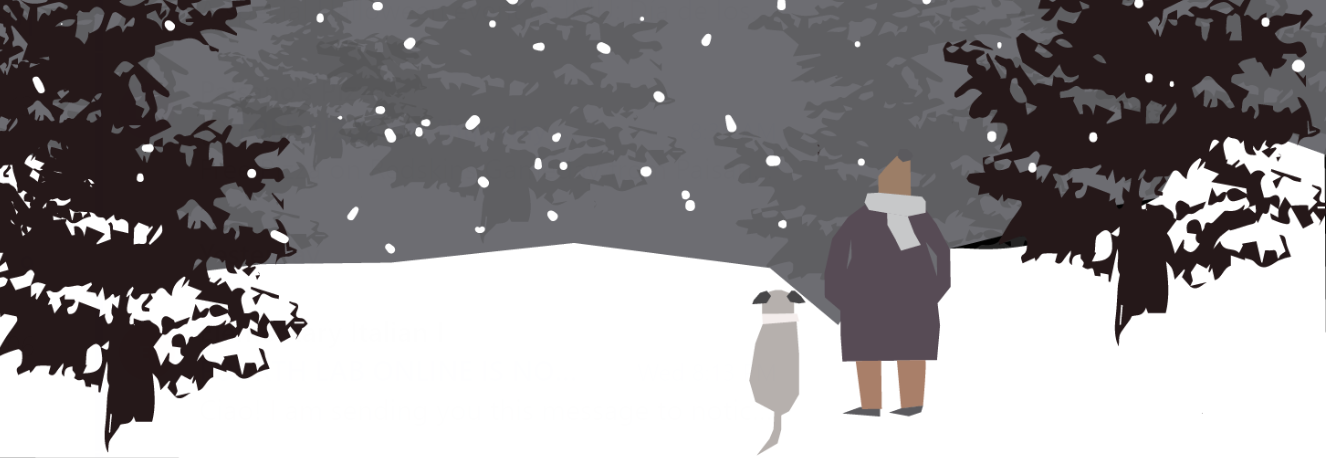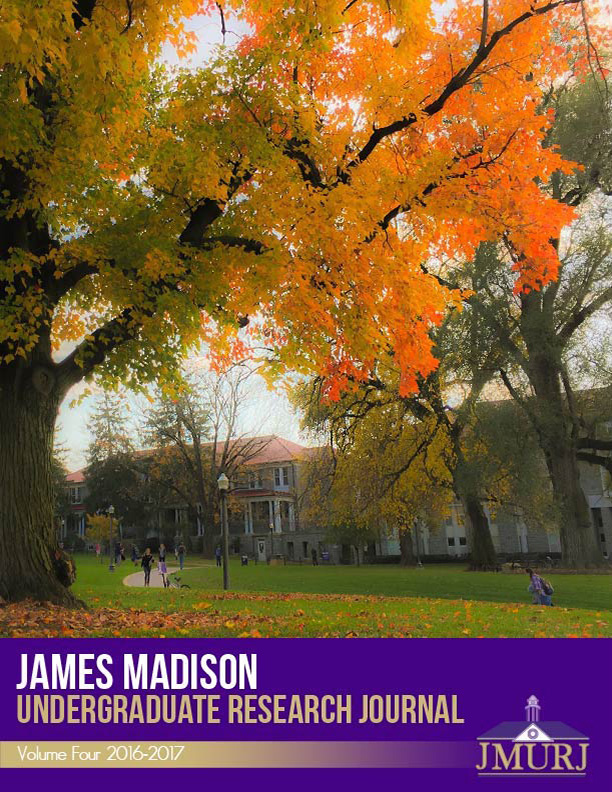To Kill a Mockingbird, The Help, and the Regendering of the White Savior
Brett Seekford
English
Filmmakers continue to use the “White Savior” archetype to construct racialized messages in the post-Civil Rights era. Though a white savior features prominently in both To Kill a Mockingbird and The Help, The Help’s regendering of the archetype invites viewers to imagine a world in which a white savior is no longer necessary.
A Movement for Change: Horatio Robinson Storer and Physicians' Crusade Against Abortion
Ryan Johnson
History and Justice Studies
The modern debate surrounding abortion can be traced back to physicians’ crusade against abortion in the second half of the 19th century, led by Harvard-educated and New England-based Horatio Robinson Storer. This paper surveys Storer’s publications and correspondence and analyzes the motives and results of Storer’s campaign.
Provenance of Place and Past: Designing a Bathhouse for Charlottesville
Maya Chandler
Architectural Design
In this piece, Architectural Design Student Maya Chandler discusses her design of a bathhouse for the city of Charlottesville. Within this discussion, she discusses the history of the city and how her proposed bathhouse expresses that history.
To Build the Fire of Revolution
Stephen Roddewig
Writing, Rhetoric and Technical Communication
Scholarly examinations of naturalism in Jack London’s 1908 short story “To Build a Fire” often overlook the influence of the socialist political movement. After surveying the American Socialist Party movement and London’s activism in “How I Became a Socialist,” this essay uses the frame of Marxist rhetorical criticism to inspect sociopolitical themes in London’s famous story.
A Reevaluation of the Damage Done to the United States by Soviet Espionage
April Pickens
History
Popular opinion and many historians portray the effects of Soviet espionage on the United States as disastrous. Although covert Soviet efforts undeniably harmed America, their extent and gravity has been greatly exaggerated. This paper evaluates primary and secondary sources on the subject to strike a delicate balance between minimizing and inflating the effects of Soviet activities.
Cover Image Courtesy of
Christina Telep








